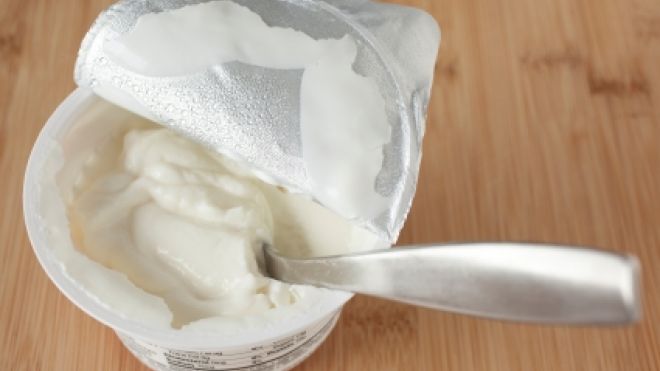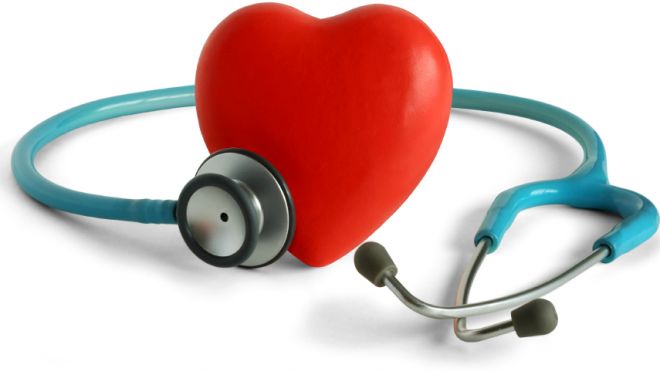Burn more calories walking
Learn how to burn more calories when you walk by adding intervals and aerobic moves in this three-week plan.  Week 1: Squeeze In More Steps Time per walk: 25 to 40 minutes Walks this week: 4 Your goal this week is to get going. Star by increasing your step count. Every 5 minutes that you walk at a brisk pace (15 to 17 minutes per mile) translates to 500 more steps, or 21 to 28 more calories burned, than you achieve at a slower pace.  Related: 12 Healthy Reasons to Lose Weight Moving more also improves your aerobic conditioning, so you'll be ready for the workout's later challenges. You pace is brisk if you speak fairly easily but are slightly breathless. (On a scale of 1 to 10, your effort should be a 5 or 6.) Add 5 more minutes: If you normally walk for 20 minutes, aim for 25 on your first walk. By your final workout this week, you should be up to 40. Add a quarter mile: Walk on a track or in another area where you can tell how far youve gone (you can also check your route's mile-age at gmap-pedometer.com). Increase you distance with each workout. At week's end, you should have added a whole mile. Related: Diet Breakfast Ideas That Taste Delicious Week 2: Go Faster Time per walk: 30 minutes Walks this week: 4 Now it's time to incorporate intervals. Research shows that this technique can improve overall fitness, increase fat burn and spike metabolism with as little as 6 minutes of high-intensity effort per week. Related: Low-Calorie Desserts You Have to Taste to Believe During the fast portion, push yourself to the point where you almost feel like it's easier to run (but keep to a very fast walk, which is actually harder to maintain than an easy job). On a scale of 1 to 10, it should feel like an 8 or a 9 (talking is very difficult). Then slow down to a 4 or 5 effort level (you can breathe a little easier).  During the first two walks below, the recovery is twice as long as the fast interval; during the second two walks, you have slightly less recovery time and a longer fast interval. Workouts 1 and 2: Warm-Up: 10 minutes at an effort level of 4 or 5 Intervals: Increase speed for 20 seconds to level 8 or 9 (as fast as you can walk without running). Recover for 40 seconds at level 4 or 5. Repeat 12 times. Cooldown: 8 minutes Follow-Up: Take tomorrow off, then repeat workout the next day. Workouts 3 and 4: Warm-Up: 10 minutes Intervals: Increase speed for 30 seconds, then recover for 30 seconds. Repeat 12 times. Cooldown: 8 minutes Follow-Up: Take tomorrow off, then repeat workout the next day. Week 3: Mix In Moves Time per walk: 30 minutes Walks this week: 4 Blending agility and balance exercises into your walks this week helps you tone up while you burn calories. After a 10-minute warm-up, perform one of the following moves for about 30 seconds, then walk for 90 seconds. Do about 5 of those 2-minute drills; add a few more if you're feeling up to it. Finish your workout with a 10-minute brisk walk, gradually slowing to a cooldown at the end. Try this routine: Warm-up (10 minutes):   Walk at a brisk pace, effort level 5 or 6 Crossovers (30 seconds):   Turn to right. Cross right for over left, then step left with left food. Repeat 5 times, then switch directions, crossing left food over right and stepping right with right foot. Walk (90 seconds) Sidewalk Hops (30 seconds): Stand with left side facing a line or crack in a sidewalk. Jump both feet over line and back again. Repeat 7 times. Next, lift right foor and hop left foot over line and back. Turn to right and hop on right foot over line and back. Repeat 7 times. Walk (90 seconds) Skip (30 seconds):  Bouncing off balls of feet, skip straight ahead, or go slightly out to the left, then right (moving back and forth across path). Pump arms and lift knees for a more intense cardo workout. Walk (90 seconds) Around-the-Clock Lunges with Leaf Pickup (30 seconds):  Do around-the-clock lunges (see below for directions), but with each lunch, lift back leg and lean forward, as if picking a leaf off the ground. Walk (90 seconds) Side Step-Ups (30 seconds):  Stand with left side facing a curb (or set of stairs). Cross right foot over left leg to step up onto curb (left food hovers above ground). Step down with left foot, then right and repeat. Do 8 to 12 step-ups on each side. Walk (90 seconds) Walk (10 minutes): Slow the pace to cool down for the last few minutes Total time: 30 minutessource : http://www.foxnews.com/health/2013/06/13/burn-more-calories-with-this-3-week-walking-plan/




